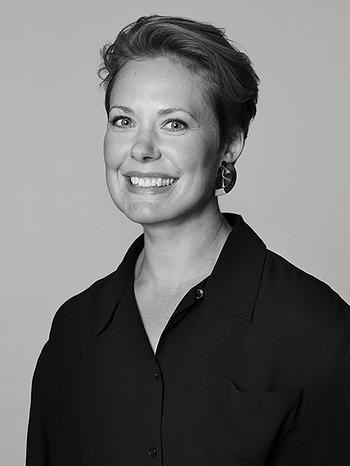David Bailey
"Man Ray", 1968
Signerad David Bailey och daterad 89 a tergo. Upplaga 12. Gelatinsilverfotografi, bildyta 22,8 x 22,5 cm. Bladstorlek 34,5 x 27,6 cm.
Proveniens
Tres Hombres Art, Halmstad.
Utställningar
Motivet ställdes ut på Victoria & Albert Museum, London, "Black and White Memories", 28 september – 27 november 1983.
Litteratur
David Bailey, "Black and White Memories: Photographs 1948-1969", 1983, avbildad sid 112.
David Bailey och Martin Harrison, "Archive One 1957 - 1969, 1999, avbildad sid 246.
Övrig information
Ur Jonathan Heafs intervju med Bailey publicerad i QX Magazine 29 mars 2012.
"The mythological coolness of a David Bailey photograph, and the mythological coolness of David Bailey himself, has its roots in the period he is most famous for, which, as it happens, is the period that the photographer likes talking about the least - the early Sixties. "The Sixties was great for the hundred or so of the ponces in London like me who were taking pictures or making movies or being Mick Jagger... but ask a coal miner from South Yorkshire what he thought of the Sixties and he'll tell you just how cool it really was."
But for all Bailey's modesty, he was part of a photography movement (along with fellow East End boys Terence Donovan and Brian Duffy) that would not only change the look and feel of the medium - whether that be in fashion magazines or celebrity portraiture - but also leave behind a body of work that would come to represent the period at its most iconic. Before these bullish, scruffy males tornadoed through the studio doors, the world of glossy magazines, models and expensive clothing was all very pretty, mannered and impenetrably middle class. As Duffy once said, "Before 1960, a fashion photographer was tall, thin and camp... but we are different: short, fat and heterosexual!"


























